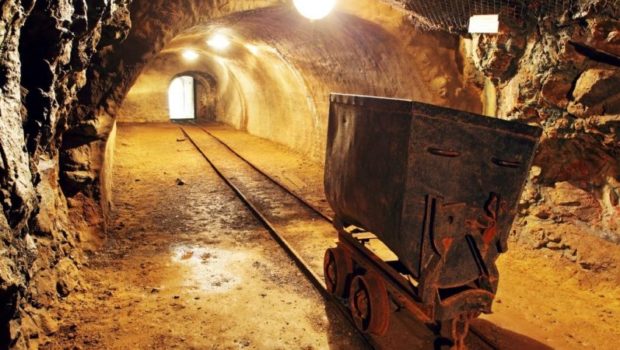All that You Need to Know About the Gold Mining Industry
Introduction:
An overview that covers all kinds of aspects and examples of discovery of gold, its deposits and how its produced is what is done by the gold mining industry.
Some basic processing rules determine the segmentation of the types of gold which includes free milling, refractory, heap leachable and concentrate sales A lot of differences are covered with this division that includes the difference in the grades of gold and the elements.
In 2011, an analysis that covers 20 largest coal mines has been noted down. According to the data, 38% is the quantity of gold, heap leaching holds 30%, free-milling holds 18%, last but not the least goes from the smelting of copper concentrate that is about 14%.
Most of the gold gained is through roasting. Grinding has been used to gain 5% of gold while bacterial oxidation produces 3% of gold while 10% is produced by the bacterial oxidation.
Project Selection:
It depends on the mining industries that which project they want to execute. The selection of the type of project is a very critical and strategic decision. Some steps need to be followed to make an accurate decision which is as follows:
- Financials of the project must be prepared. This means the flow of cash that has been gained over the whole life of the project must be noted down
- Next, one must be able to calculate the criteria of decision which includes the period of payback and also the return on investment including the present net value and return rate.
Not only do criteria hold important but some of the other factors like strategic fit and risk a significant as well. All these combine to give a proper recommendation for a good decision. The skill required by industry is to be able to raise capital by the means of equity or debt that can be raised through some legal structures that can be either for project finance or some non-recourse finance. This contributes to the collection of funds for the project.
Sample Collection and Processing:
If you want to have an accurate delineation of the resources of ore and other types of accountancy then we need to have accurate samples and presentation of the sample practices is very critical. One may wonder about how to collect accurate samples and how the samples have to be processed. Well, the only solution or a basic rule is to processes all types of parts of ore and concentrates to be sampled. They must have an equal possibility of the collection as a sample and be used for analysis.
If one is not able to do this, it means bias is gaining entry which is not good because that cannot be removed if one person duplicates measurements thus disrupting the whole measurement chain. If the presented samples are not good in the first place then there is no use of wasting the whole time and introducing analytical methods, related equipment, and other resources.
To gain precision, one must give special care to the masses of the sample.
Benefits of Gold Minerals:
There are many benefits to the characterization of the minerals of gold and other carriers some of them are as follows
- Diagnosis of the metallurgical response
- prediction of the metallurgical response
- identification of the potential problems
- designing of the metallurgical test program
Types of Gold Ore:
Types of the gold ore as follows
- Microscopic gold
- submicroscopic gold
- Surface gold
This turns out that the processing of gold or is very challenging
Objectives of Gold Metallurgy:
There is some specific purpose of the metallurgy of gold. Some of these objectives are as follows:
- The decrease in the risk of evaluation of the project
- Designing of plant
- Planning of mental representation of samples etc.
Issues During Gold Processing
Some of the issues fall in the way of the processing of gold which includes
- Mineralogy
- quality of water
- composition of chemicals
- Lithology
Conclusion:
To conclude one must know that the basic use of gold in the industry is the manufacturing of electronics. Low voltages and currents are used by the solid-state electronic devices but corrosion or tarnishing can easily interrupt them at contact points.
The highly efficient conductor is gold that can carry some electronics but also remain free from corrosion. Gold medal electronic components are highly reliable and trustworthy.
Every electronic device uses a small amount of gold which means phones, calculators, GPS units, digital assistance, etc.
Gold is being used in very small quantities which means the metal is being lost from society. 1 billion mobile phones are produced every year which means gold about 50 cents is being used in each mobile phone, the lifetime of which is two years and very few are used in the recycling process. The Amount of gold used may be small but the amount of gold being recycled is almost none.











